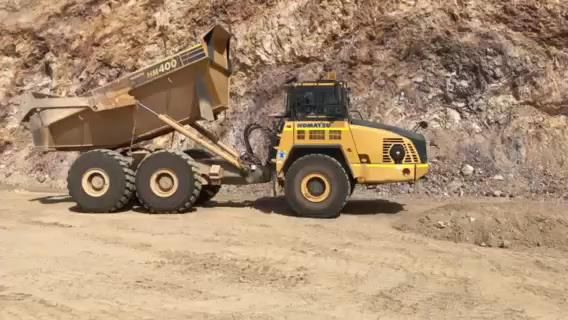ADT Anti-Tipping System
Unmasking the Tipping Point: Navigating the Hazards of ADT Overturns
Delving into the investigations of ADT overturn events during tipping, I uncovered a series of common causal factors. These factors, whether occurring individually or in combination, included soft or sticky ground, tipping too close to an edge, and navigating excessive gradients or cross-falls.
One prevalent issue we encountered was the inherent delay in normal reaction times, often ranging from 2 to 3 seconds. As operators, we found ourselves in a constant guessing game, trying to discern whether the angle for tipping was too great or if the load had stuck in a corner, causing the truck to lean unexpectedly. The challenge was exacerbated by the fact that by the time we visually identified the lean and reacted, it was invariably too late.
The Quest for Tipping Solutions Leads to a Game-Changing Discovery – The Wink Anti-Tip System
Frustrated by the limitations of existing systems, I reached out to OEM suppliers and haulage companies, seeking a solution that could alleviate the risk decision-making burden from truck operators during tipping. It was during this quest that I stumbled upon the Wink Anti Tip System, developed by Jimmy Wink of Evansville, Indiana, USA.
Safety Redefined: Unveiling the Wink Anti Tip System – A Pioneer in Autonomous Tipping Solutions for Unprecedented Protection
After exhaustive research, I found that the Wink Anti Tip System not only addressed, but exceeded, all my concerns. What sets it apart, in my belief, is its unparalleled ability to “automatically” determine safety thresholds and initiate body lowering at the precise moment needed to avert tipping. This revolutionary system stands as the only one in the world that takes proactive measures to ensure a secure tipping process, sparing businesses from the potential disasters of truck tip overs.
How the Wink Anti-Tip System Works
This system consists of a Sensor/monitoring device that is set at the factory. It is set, based on what is an appropriate and accepted allowance by the purchaser for the truck to lean when tipping. The lean factor chosen for this truck was 5 degrees.
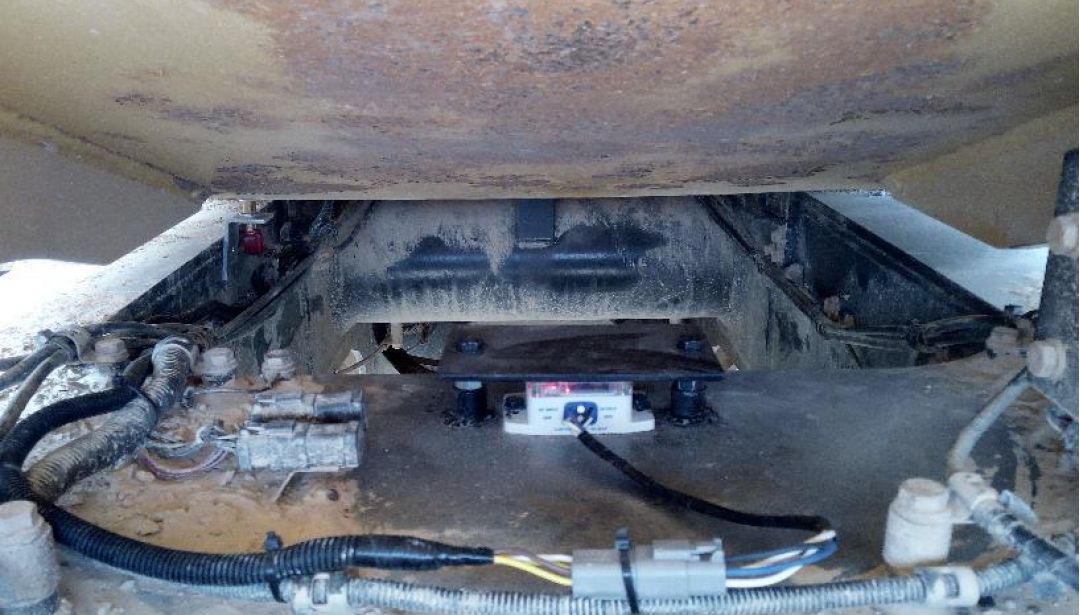
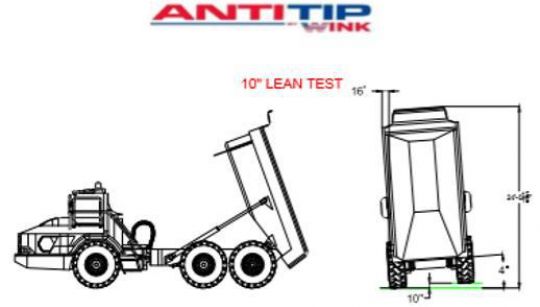
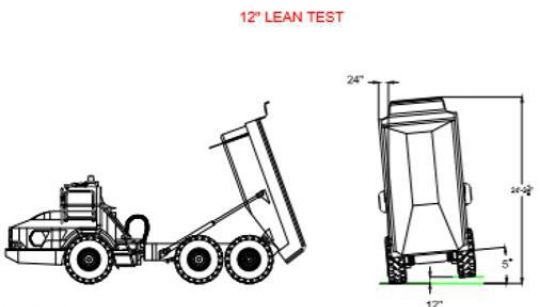
Some articulating trucks may require two hydraulic valve kits, one on each of the lifting cylinders on the power up side, the Komatsu HM400 only required one as the two return lines interconnect into one return line. A disconnect switch is attached to the body so when the body is down it disconnects the connection between the sensor/monitoring box to isolate the valves. If the sensor is outside of its pre-determined limits, it will not allow the body to raise and alternatively, if the sensor limit is breached while raising the body it will stop raising and immediately start lowering.
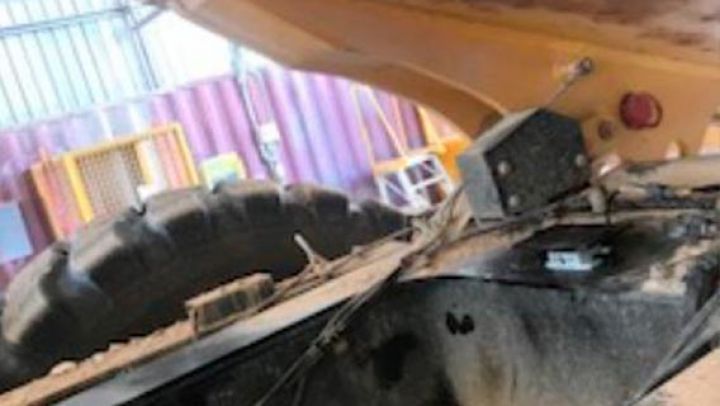
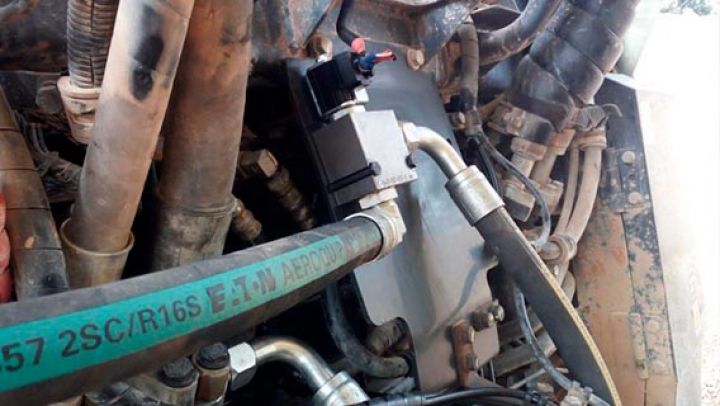
The sensor box is connected directly to a warning light that is placed either on the front of the body so the driver can see it in the rear view mirror while reversing or mounted in the cabin.
- To make the process of finding a safe place to dump quick and know when they can safely dump. If the light is on, the body will not raise. The operator can only raise the body when at a point that the light is off.
- As the driver is going from point A to point B the light will come on and off when the truck leans back and forth more than the setting allows. This just simply tells the driver that the system is functioning. If the driver doesn’t see the light come on during a trip then they should be aware that something is not working and they do not have the protection.
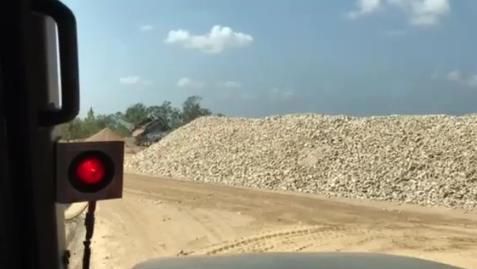
A System Like No Other!
Our system is unique because the control box mounts to the body not the axle like other designs. The axle is the last thing to lean. For example, if the body is loaded heavy to one side and you are sitting on a level concrete slab, the body is tipping over before the axle reads its leaning.
We implement and install safe operating procedures, reversing alarms, reversing cameras etc, to limit the risk of something going wrong but how these controls impact on the operation of the truck it is still at the discretion of the operator. With the Wink Anti Tip System, it is in control and removes the risk decision process from the operator and gives assurance to the business that, what some may say is the inevitable event of a tip over, should not occur.
